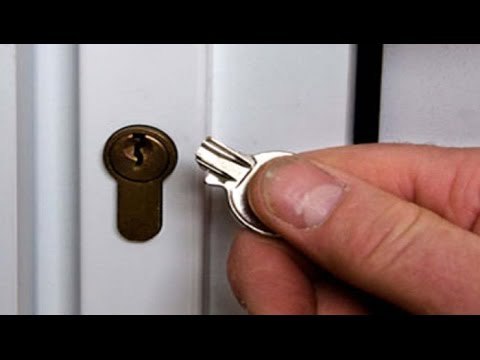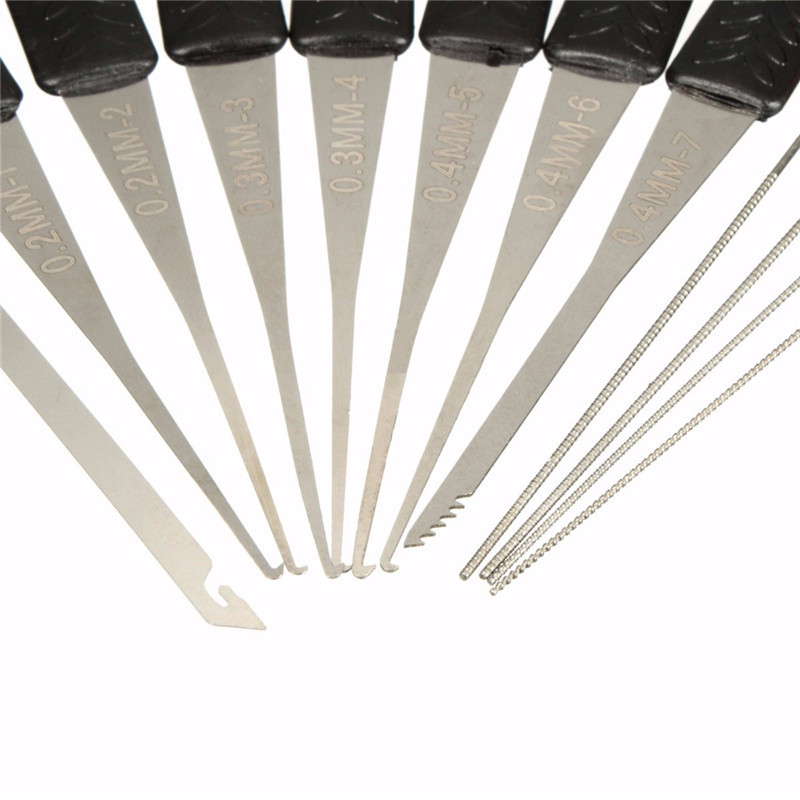
Broken key in the lockThis problem is quite common and, unfortunately, not always solvable. The key may break on its own, being made of bad metal, or due to prolonged use, or maybe you overdid it a little and applied more force than required. In this article, using the example of the two most common types of locks installed in modern entrance and interior doors, we will tell you how you can still try to cope with this situation on your own.

Getting the key out of the cylinder lock is not easy. There are practically no gaps in the larva into which you can insert a screwdriver and pick up the key. Here, special extractors are used for extraction - hooks and jagged thin wires (pictured).
Having picked up the necessary tool and inserted it into the gap between the key fragment and the rotating part of the larva, the key can be pulled out of the lock. Important! The larva must be in its original position! If so, great! If not, try turning the larva with a screwdriver. Otherwise, you can not even try to pull out the key, it will not work. Care must be taken when working with extractors, as they are very thin and can break easily, and there is also a risk of pushing the key even deeper into the lock. For those who do not have extractors at hand, you can try using more affordable analogues:

Lever locks are equipped with rather massive keys, the so-called safe type. Outwardly, it looks like this: a handle, a long rod comes out of it, at the end of which there are 2 petals on each of them there are teeth. Outwardly, this key resembles a propeller or a butterfly. The key itself is massive and to break it, you need to make quite a lot of effort. If the key is still broken, you need to do the following:
But! If before the key breaks, you have already managed to make one turn of the lock, then a small beard located on one of the petals of the key will interfere with the extraction. It is designed to ensure that the key is inserted and removed in only one position. In this case, using the same two thin screwdrivers, turn the key in the lock in the opposite direction so that it returns to its original position and then you can pull out the key.
As you can see, extracting the key from the lever lock seems easier and requires less tools at hand. So keep it up!
If for some reason you are unable to resolve the issue, you can always contact us for help by phone +7 (499) 130-83-20 .